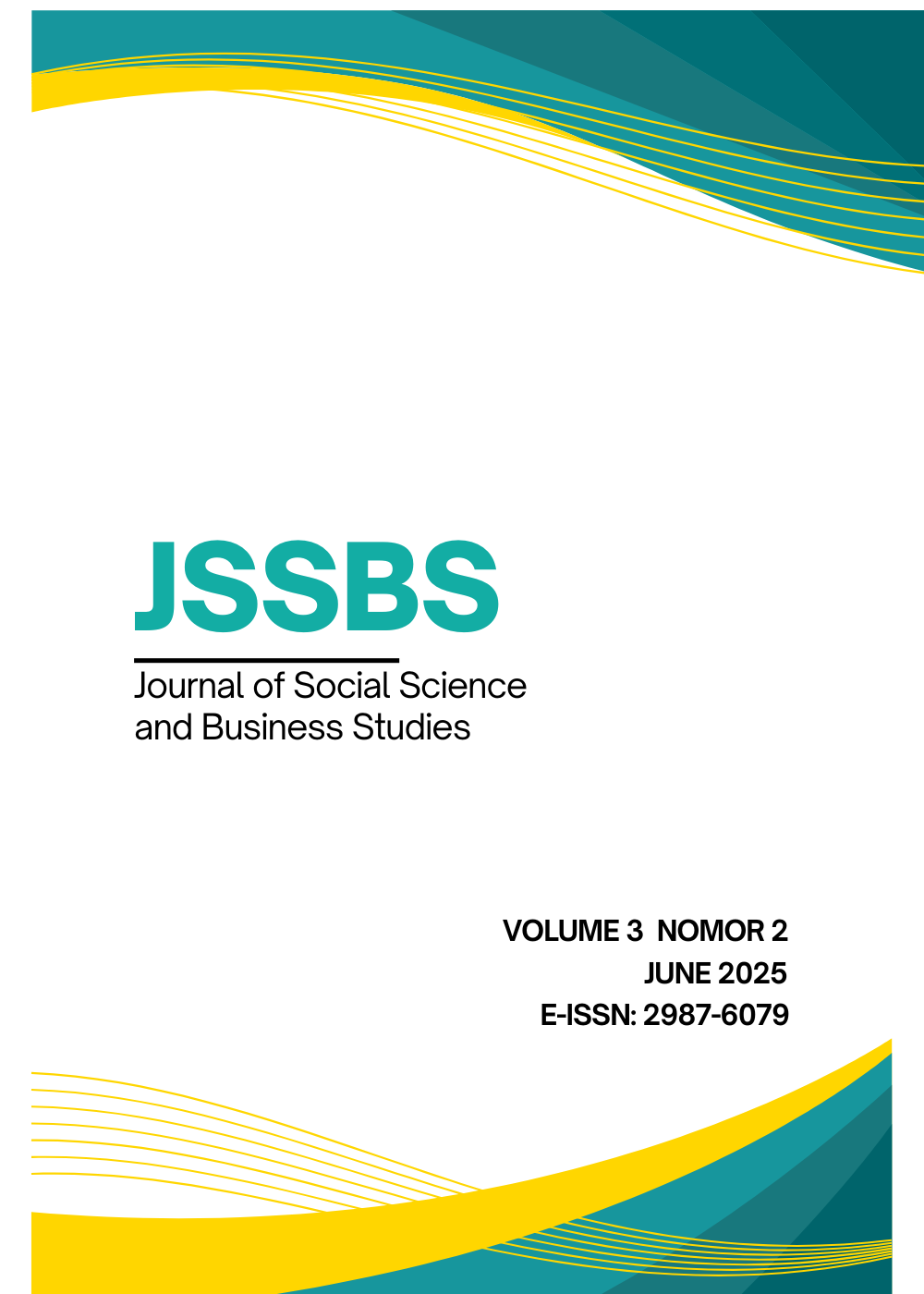The Effect of Perceived Ease of Use, Perceived Usefulness and Task Technology Fit on The Willingness to Use the Silat Pusaka Application
DOI:
https://doi.org/10.61487/jssbs.v3i2.159Keywords:
perceived ease of use, perceived usefulness, task technology fit, willingness to use, health applicationsAbstract
This study aims to analyze the influence of perceived ease of use (PEOU), perceived usefulness (PU), and task-technology fit (TTF) on the willingness to use the Silat Pusaka application at UPTD Puskesmas Padasuka Bandung. The research method uses a quantitative approach with a survey of 225 respondents. Data were analyzed using multiple linear regression with t-test and F-test. The results show that PEOU, PU, and TTF significantly influence willingness to use both partially and simultaneously. The adjusted R square value of 0.802 indicates that the three independent variables explain 80.2% of the variance in willingness to use. Findings imply that ease of use, perceived benefits, and task alignment critically support successful adoption of health information systems in primary care services. Therefore, developers and management teams must prioritize user-friendly designs, demonstrate clear practical advantages, and ensure technology aligns effectively with healthcare workflows to enhance user acceptance and sustainable adoption in similar healthcare settings.
References
Al-Maatouk, Q., Othman, M. S., Aldraiweesh, A., Alturki, U., Al-Rahmi, W. M., & Aljeraiwi, A. A. (2020). Task-technology fit and technology acceptance model application to structure and evaluate the adoption of social media in academia. IEEE Access, 8(April), 78427–78440. https://doi.org/10.1109/ACCESS.2020.2990420
Davis, F. D. (1989). Perceived usefulness, perceived ease of use, and user acceptance of information technology. MIS Quarterly, 13(3), 319-340.
Goodhue, D. L., & Thompson, R. L. (1995). Task-technology fit and individual performance. MIS Quarterly, 19(2), 213–236.
Santoso, S. (2016). Menguasai SPSS untuk Analisis Data Statistik. Jakarta: Elex Media Komputindo.
Venkatesh, V., Morris, M. G., Davis, G. B., & Davis, F. D. (2003). User acceptance of information technology: Toward a unified view. MIS Quarterly, 27(3), 425–478.
Walczak, R., Kludacz-Alessandri, M., & Hawrysz, L. (2022). Use of Telemedicine Technology among General Practitioners during COVID-19: A Modified Technology Acceptance Model Study in Poland. International Journal of Environmental Research and Public Health, 19(17). https://doi.org/10.3390/ijerph191710937
Downloads
Published
How to Cite
Issue
Section
License
Copyright (c) 2025 Devi Mellinda, Muhardi Muhardi, Nurdin Nurdin, Nurdin Nurdin

This work is licensed under a Creative Commons Attribution 4.0 International License.









